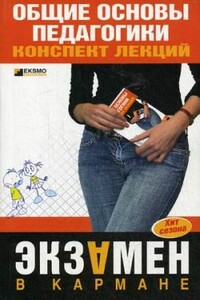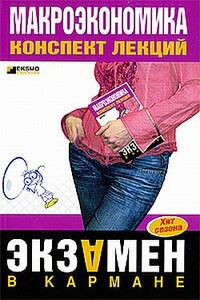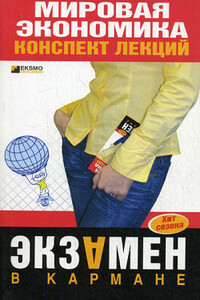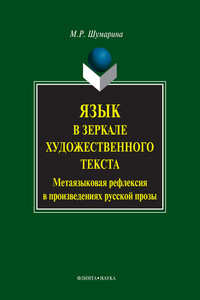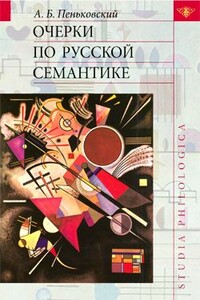Английский язык для медиков | страница 34
When aging RBCs develop subtle changes, macrophages in the bone marrow, spleen, and liver engulf and digest them. The iron is carried by transferring in the blood to certain tissues, where it combines with apoferritin to form ferritin. The heme is catabolized into biliver-din, which is converted to bilirubin. The latter is secreted with bile salts.
Leukocytes, or white blood cells, are primarily with the cellular and humoral defense of the organism foreign materials. Leukocytes are classified as granulocytes (neutrophils, eosinophils, basophils) and agranulocytes (lympmonocytes).
Granulocytes are named according to the staining properties of their specific granules. Neutrophils sare 10-16 mm in diameter.
They have 3-5 nuclear lobes and contain azurophilic granules (ly-sosomes), which contain hydrolytic enzymes for bacterial destruction, in their cytoplasm. Specific granules contain bactericidal enzymes (e. g., lysozyme). Neutrophils are phagocytes that are drawn (chemo-taxis) to bacterial chemoattractants. They are the primary cells involved in the acute inflammatory response and represent 54-62% of leukocytes.
Eosinophils: they have a bilobed nucleus and possess acid granulations in their cytoplasm. These granules contain hydrolytic enzymes and peroxidase, which a discharged into phagocytic vacuoles.
Eosinophils are more numerous in the blood durii asitic infections and allergic diseases; they norma asent onlyi – 3% of leukocytes.
Basophils: they possess large spheroid granules, which are basophi-lic and metachromatic, due to heparin, a glycosaminoglycan. Their granules also contain histamine.
Basophils degranulate in certain immune reaction, releasing hepa-rin and histamine into their surroundings. They also release additional vasoactive amines and slow reacting substance of anaphylaxis (SRS-A) consisting of leukotrienes LTC4, LTD4, and LTE4. They represent less than 1% – of leukocytes.
Agranulocytes are named according to their lack of specific granules. Lymphocytes are generally small cells measuring 7-10 mm in diameter and constitute 25-33% of leukocytes. They con tain circular dark-stained nuclei and scanty clear blue cyto plasm. Circulating lymphocytes enter the blood from the lymphatic tissues. Two principal types of immunocompetent lymphocytes can be identified using im-munologic and bio chemical techniques: T lymphocytes and В lymphocytes.
